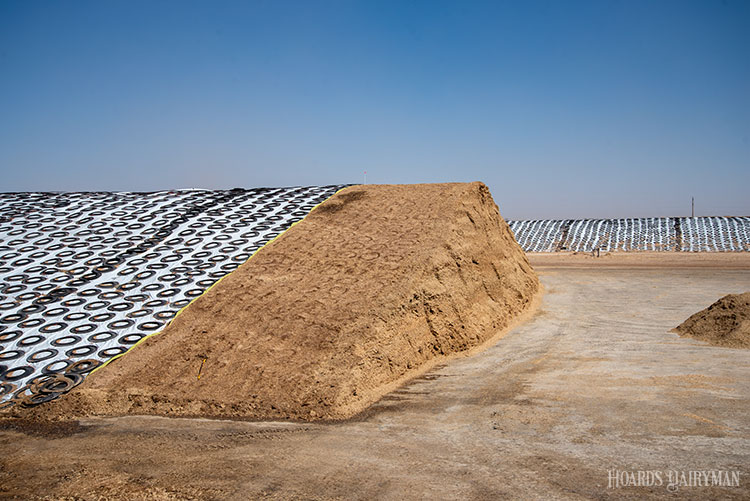
During the November Hoard’s Dairyman webinar, presenter Mike Hutjens asked the audience how much their feed costs per cow will change from 2023 to 2024. More than a quarter of respondents said they did not know, and that prompted Hutjens to emphasize the importance of understanding those costs.
“Feed is 50% to 60% of your cost of making milk; you should know where it is going,” said the University of Illinois animal science professor. “You want to know where you are spending your feeding dollars.”
Talking about ingredient costs, he shared that corn grain dropped significantly to $4.94 a bushel and may fall a little more. Soybeans are currently at $12.88 a bushel. Hutjens said soybean meal is lower, at $380 a ton, and that may decline further due to biodiesel production. High quality hay is $230 or more a ton, which is down from last year. He noted that byproduct feeds can be competitively priced, but availability and pricing vary by region.
Using numbers from Illinois, Hutjens projected a feed cost per cow per day of $7.28 for 49 pounds of dry matter. That equates to 15 cents per pound of dry matter. His calculation last year was 16 cents per pound of dry matter. For cows eating about 50 pounds of dry matter per day, a penny saved per pound of dry matter reduces the ration by about 50 cents per cow per day.
Even though cutting feed costs by more is tempting, Hutjens said that doing so would be a “big mistake.”
“I am not going to cheat my cows, especially in early lactation, because that is when we are going to set the milk production curve,” he said. “We only get one chance to do that.” He added that high-producing cows are most efficient in terms of milk per unit of dry matter.
Feed efficiency is an important part of the equation. Using 15 cents per pound of dry matter and a production level of 70 pounds of milk per cow, he shared that if feed efficiency, determined by pounds of milk per pound of dry matter intake, goes up from 1.3 to 1.4, a farm can save 60 cents per cow per day in feed costs. If feed efficiency improves from 1.4 to 1.5, that is another 51 cents of savings per cow per day.
Improved efficiency can save real dollars, but it starts with knowing where you stand currently. Hutjens reminded the audience, “Everyone needs to know these numbers: feed cost per 100 pounds of milk, income over feed costs per cow, and feed efficiency.”
To learn more, watch the November Hoard’s Dairyman webinar, “A feed and forage outlook for the year ahead.” This webinar was sponsored by Kuhn.








